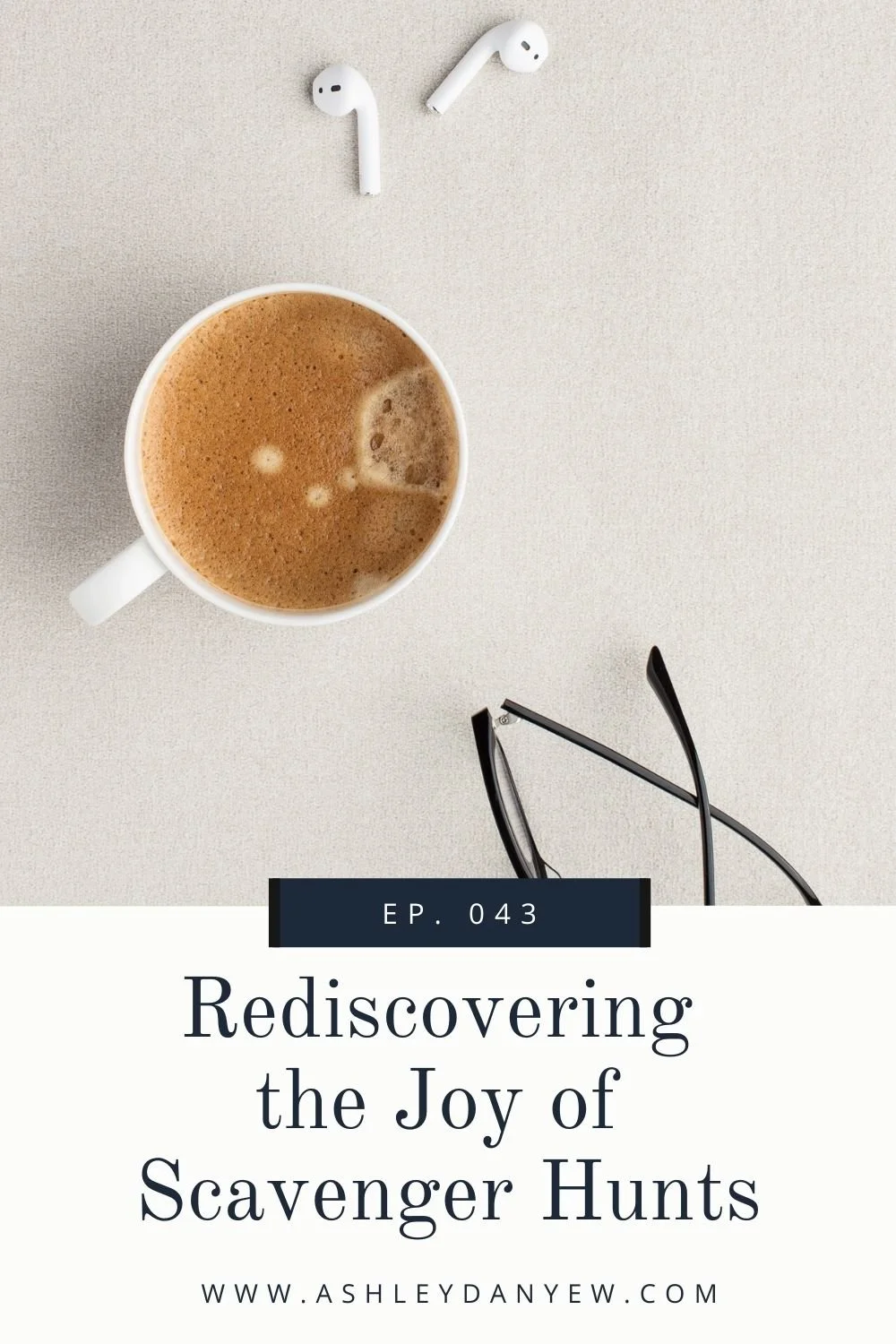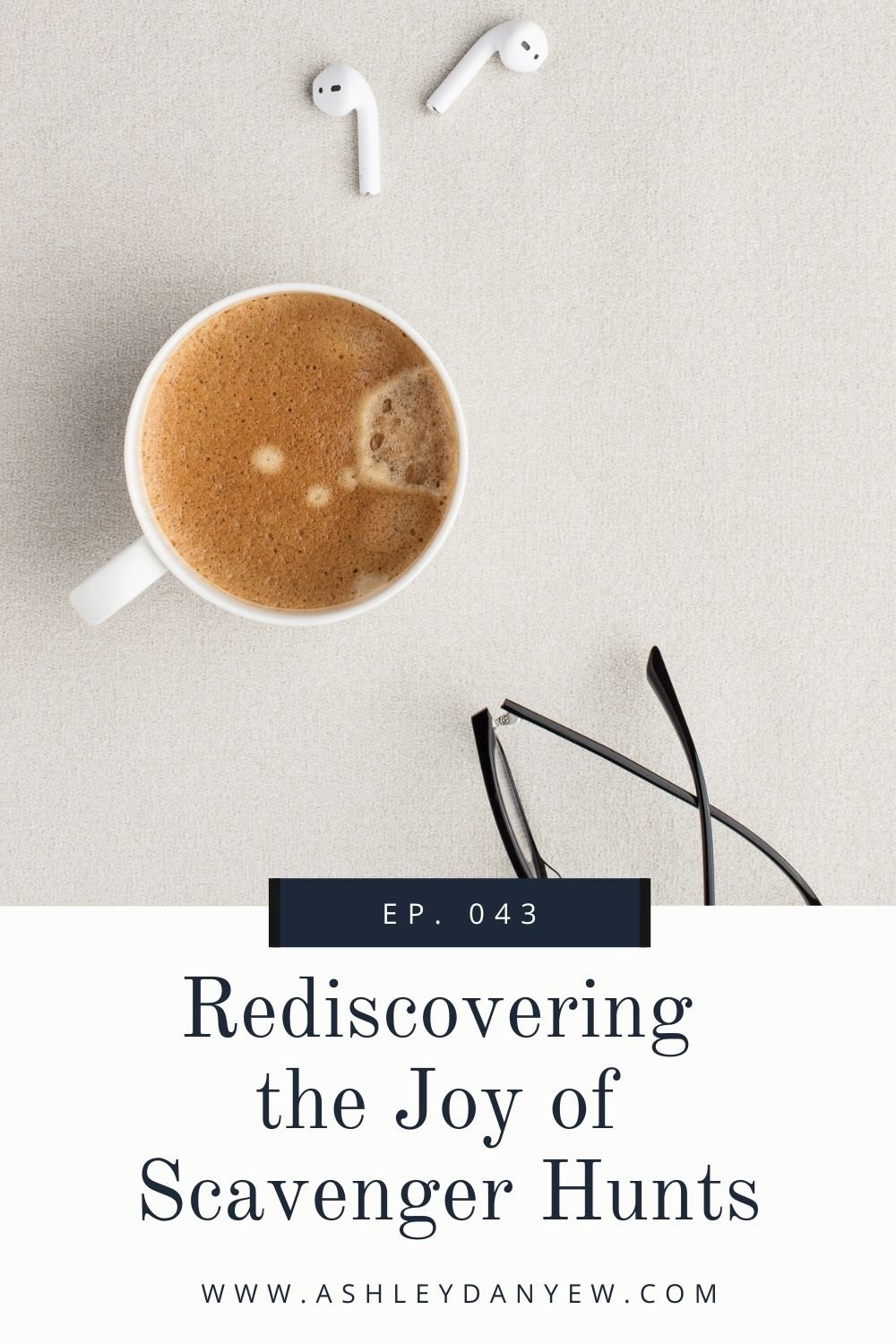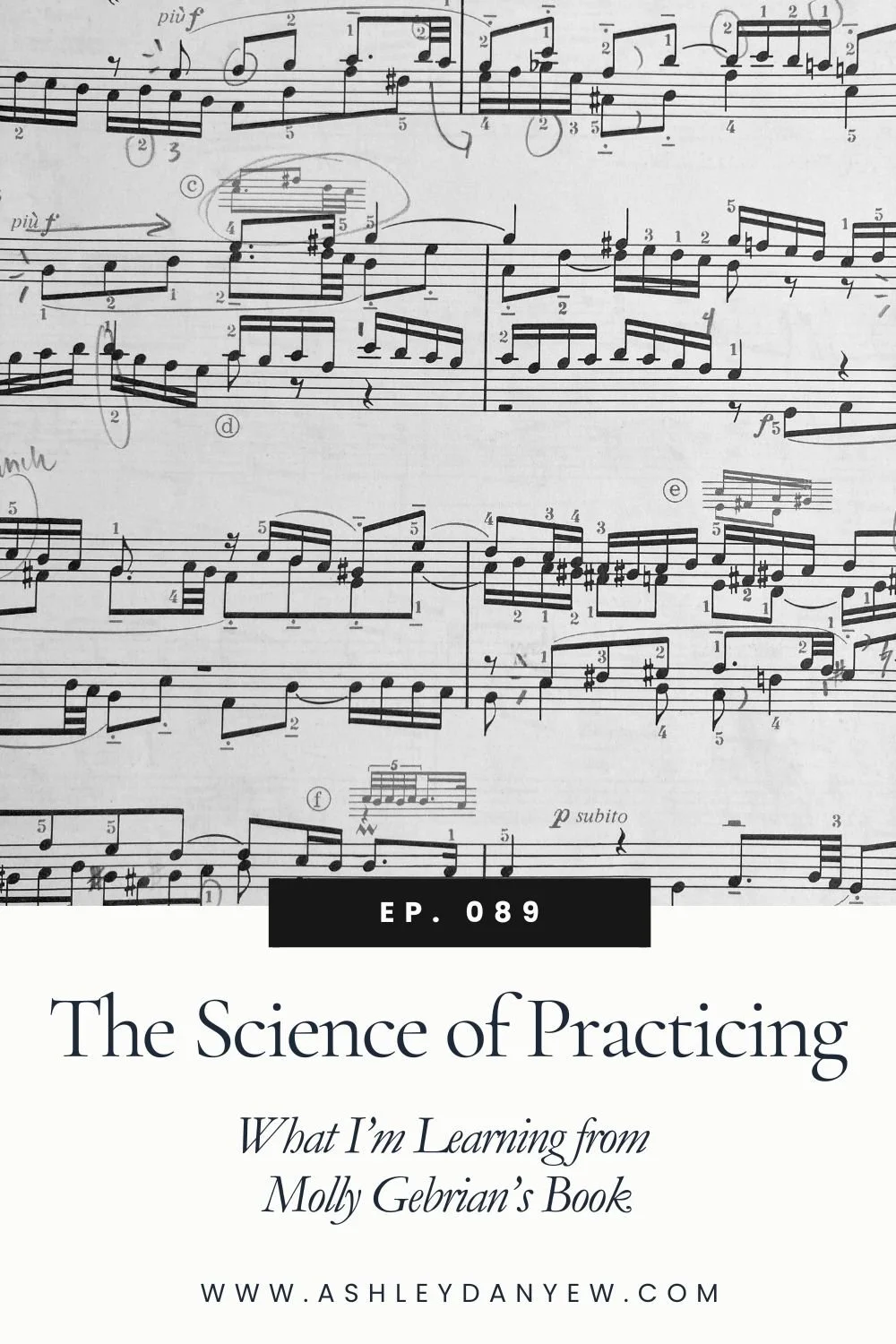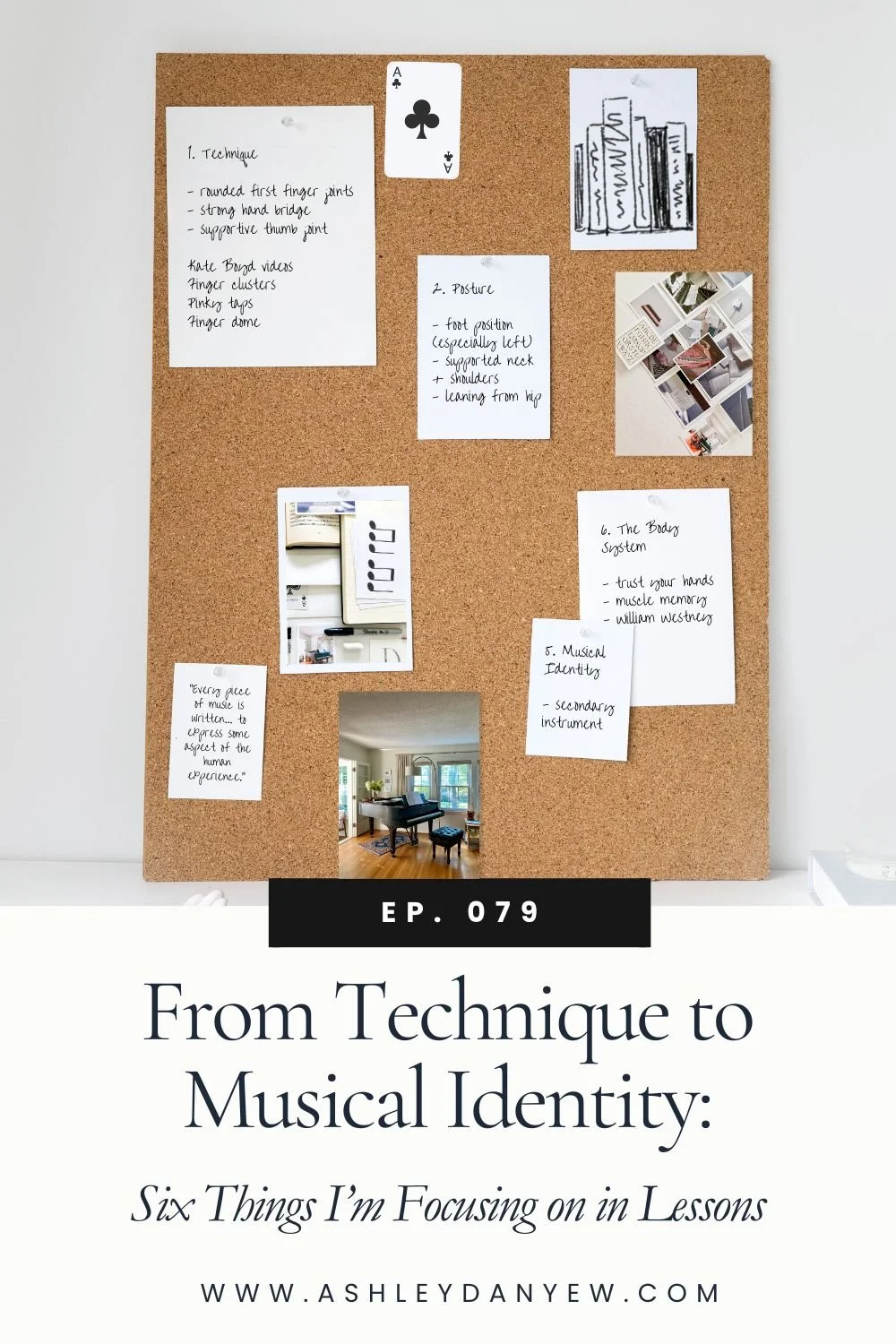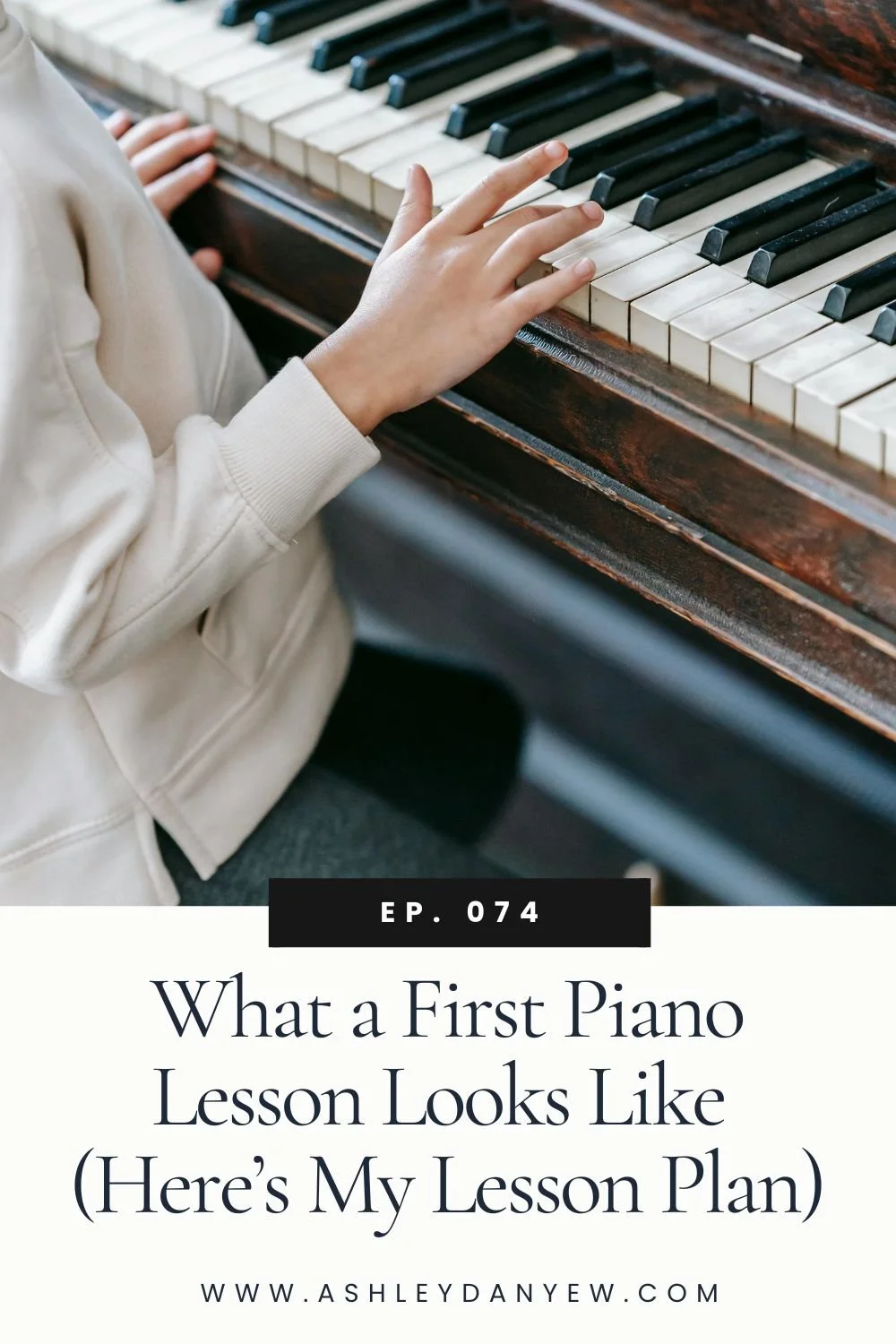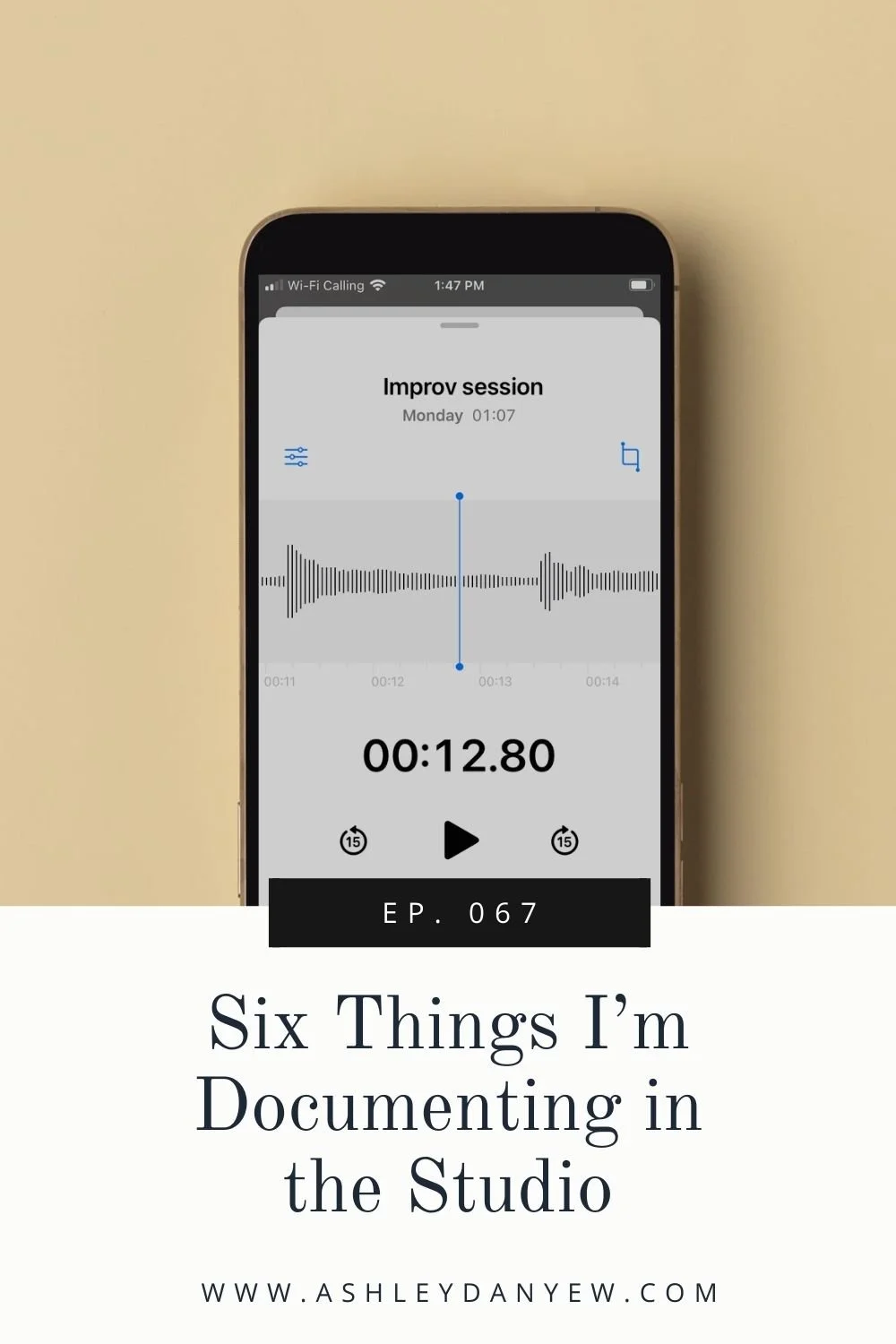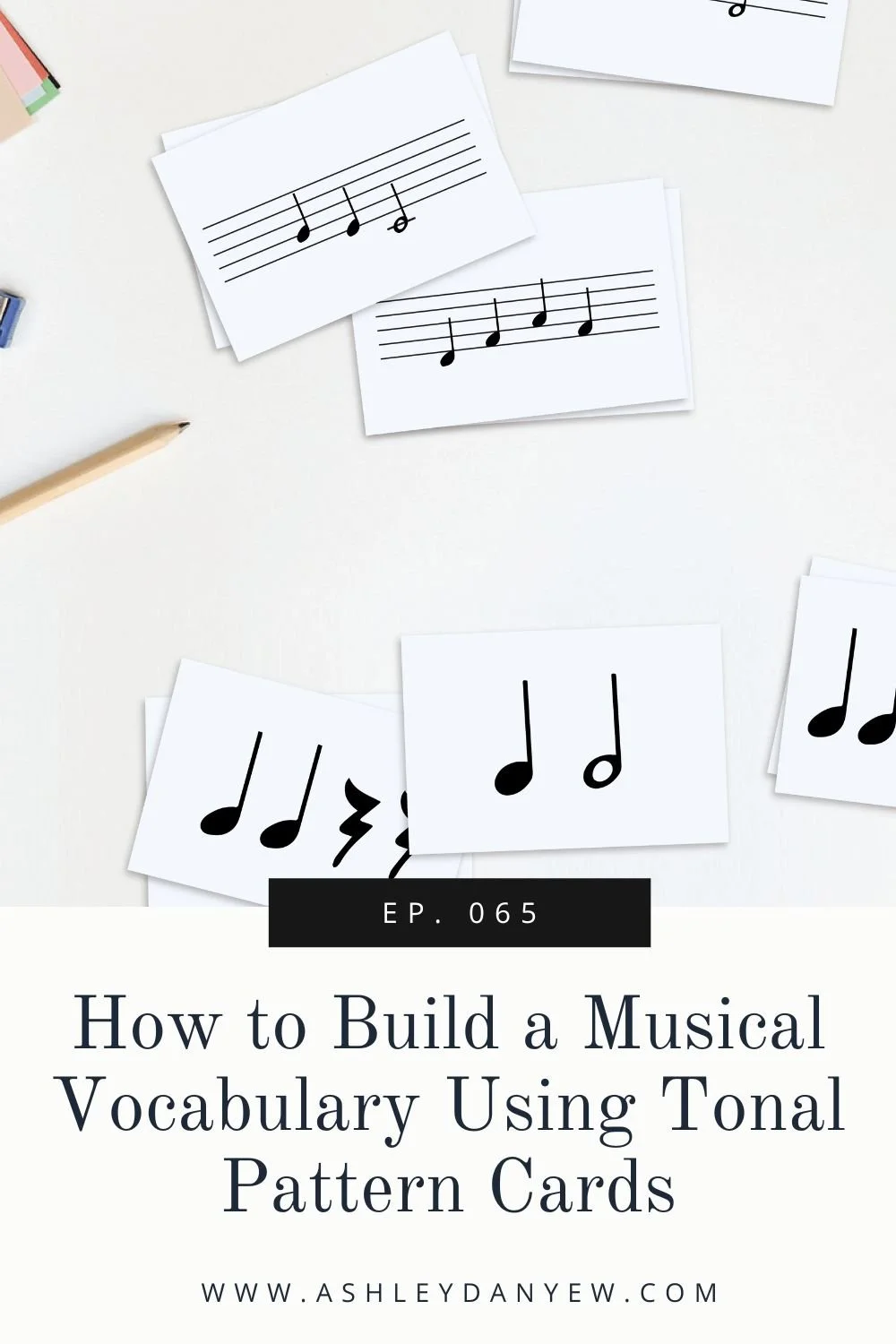Resources Mentioned
*Disclosure: I get commissions for purchases made through links in this post.
Theories of Human Learning (Lefrançois)
Hazel Cobb’s Pie Game (out of print)
Tried-and-True Rhythm Games for Children’s Choir (including the Pie Game)
You know when you rediscover a creative teaching idea that you haven't used in a while?
That happened to me recently with a beginning student.
There are two reasons why I forgot about this particular teaching strategy for a while: The first is that it's been a little while since I've had beginning students, since before the pandemic, really. The second is that we went so long without having in-person lessons (19 months!) that I'm still getting used to what it's like to teach in person again and remembering my favorite games and lesson activities.
It all started when I was writing a lesson plan for a 2nd-grade student. She’s in her second month of lessons.
I was planning to introduce a new piece and I thought we'd start by exploring the rhythm since three of the four patterns were the same in this particular piece. Let me preface this by saying these were rhythm patterns the student had experienced aurally in previous weeks through imitation and clapbacks. I was looking for a way this week to introduce the written notation.
My first thought was to write each rhythm pattern on a Post-It Note so we could discover together the ones that are the same. Then I would ask my student to put them in the order they appear in the new piece by listening to me play it a few times.
This is a fine activity and I've used something similar to it when introducing or reviewing other pieces with other students. But then I remembered a creative teaching idea I hadn't used in a while that would be perfect for exploring the rhythm of this piece: a scavenger hunt.
Back in pre-pandemic teaching days, I used to hide things like rhythm pattern cards around the classroom for my students to uncover or find. Elementary-age children love this.
So I decided to hide the Post-It notes around the room: on the back of a chair, the side of the piano, the edge of a shelf, and the front of a music stand. This instantly made the activity more fun and engaging.
Now, to be fair, I know this is not really a true scavenger hunt because I'm not giving them a list of miscellaneous objects to find. But there are a few key benefits to using an activity like this in your music teaching. That's what I'm going to share with you today.
The Benefits of Scavenger Hunts for Music Learning
No. 1 - Movement
The first benefit I've found to using scavenger hunts (or an activity like scavenger hunts) is it gets students moving around the space, which is always a good thing.
We learn by doing, acting, observing, experimenting, and feeling. Moving around the space to actively uncover and discover musical elements is a much more tangible and active way to experience a new musical concept and this often makes the learning process more meaningful and memorable.
No. 2 - Detective Mode
The second benefit I've observed is that my students go into detective mode whenever I introduce this activity: they look high and low, on the window ledge and under the piano to find whatever I've asked them to find. They are highly motivated and very focused.
No. 3 - Journey of Discovery
The third benefit is that the experience becomes a musical exploration, a journey of discovery as they figure out what's been hidden and what it means.
How I Use Scavenger Hunts in My Teaching
Here's how I use this type of activity in my teaching:
When planning a lesson, I try to think about unique and creative ways to prepare, introduce, or reinforce a new piece, skill, or concept. There are so many different ways to teach a new song or piece, so I try to mix up my approaches so we have a variety of activities to do together.
Starting with the Learning Goal
I start with the learning goal: What do I want my students to learn or be able to do? What will a solid understanding of the concept or mastery of the skill look like and how will I assess it? How can I help them experience this new concept, practice that skill, or discover something about how the music is made?
That last question helps me think about what kind of activity I want to use.
For scavenger hunts (or adjacent activities), I may hide 4-6 rhythm pattern cards, finger pattern cards, or musical snippets around the room in advance. Sometimes we'll do this as the very first activity, but usually, I wait to introduce it until the middle of the lesson.
When I tell them I've hidden cards around the room, their eyes light up and they immediately begin searching. As they find each card, we tap and count the pattern or play in the air or use the clues on the card to discover the first part of what I call a "mystery melody" or "secret melody."
Sometimes a scavenger hunt leads into a great improvisation or composition exercise. "What would it sound like if we performed the patterns in this order? Can you make a different version?"
Other times it becomes a listening activity where I ask them to put the cards in the order they hear me play (most often based on a new piece). From there, you could easily ask the student to make their own version of the piece—perhaps playing the patterns in reverse order.
The scavenger hunt activity always helps reinforce the concept of musical patterns and same vs. different, though it can also reinforce things like up vs. down, long vs. short, steps vs. skips, repeated notes, sound vs. silence, and much more.
Constructivist Approach
This is a very constructivist-based approach to music teaching and learning. Constructivists see learning as an active process. Learners build or construct new knowledge and understanding by taking raw materials—building blocks—and experimenting with how they fit together.
Psychologist and constructivist Jerome Bruner described: "The essence of creativity is figuring out how to use what you already know in order to go beyond what you already think." (source)
5 Ideas for Modifying This Activity
There are lots of ways you could adapt or modify this activity for use with older or younger children in group or private settings. Here are a few thoughts:
Use icons, shapes, or images to represent phrases of a familiar piece, song, or rhythmic chant. I've seen this done with preschoolers using the rhythmic chant, "Teddy Bear, Teddy Bear." Have students experiment with what the patterns sound like in different orders.
You can also use icons or images to represent things like rhythm (I like Hazel Cobb's Pie Game), solfege or musical pitches (this can be as simple as a series of dashes to show duration and direction), or musical form (have you ever seen form described as parts of a sandwich?).
Use this activity to aid with memorization. Identify "memory spots" in the music—the beginnings of sections and key phrases where you want your student to begin or jump to if they have a memory slip. Create cards with the starting measure of each memory spot and hide them around the room. When your student finds a card, have them begin at that point in the piece and play to the end. Repeat with remaining cards.
Similar to number 3, you could use this activity to help students memorize the lyrics of a song or choir anthem. Create word cards, hide them around the room, and have students find them and put them in the right order by singing the piece.
Hide rhythm pattern cards around the room. I still use the basic Rhythm Pattern Card set I have listed for free in my Resource Library. When students find a card, have them tap and count it aloud. When they find the second card, have them add it to the first and tap and count both in sequence. Repeat with remaining cards until they have a rhythmic phrase. To extend the activity, ask for a volunteer to rearrange the patterns into a new rhythmic phrase.
All this to say, I'm so glad I rediscovered scavenger hunts in my teaching recently. I hope this inspires you to try this activity in your teaching in the near future.
I’d love to hear from you.
Is there a creative teaching idea or strategy you've recently rediscovered in your teaching? If so, I'd love to hear about it!

